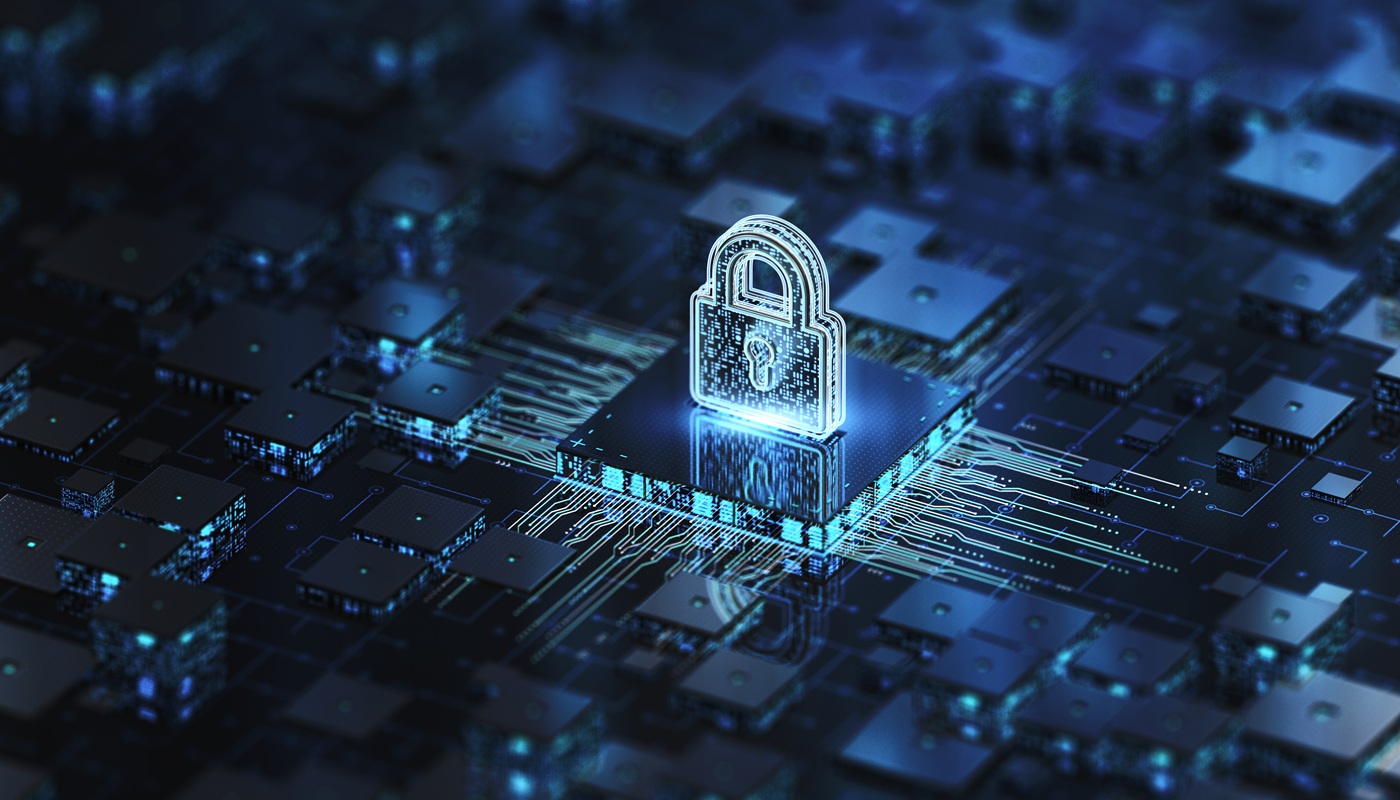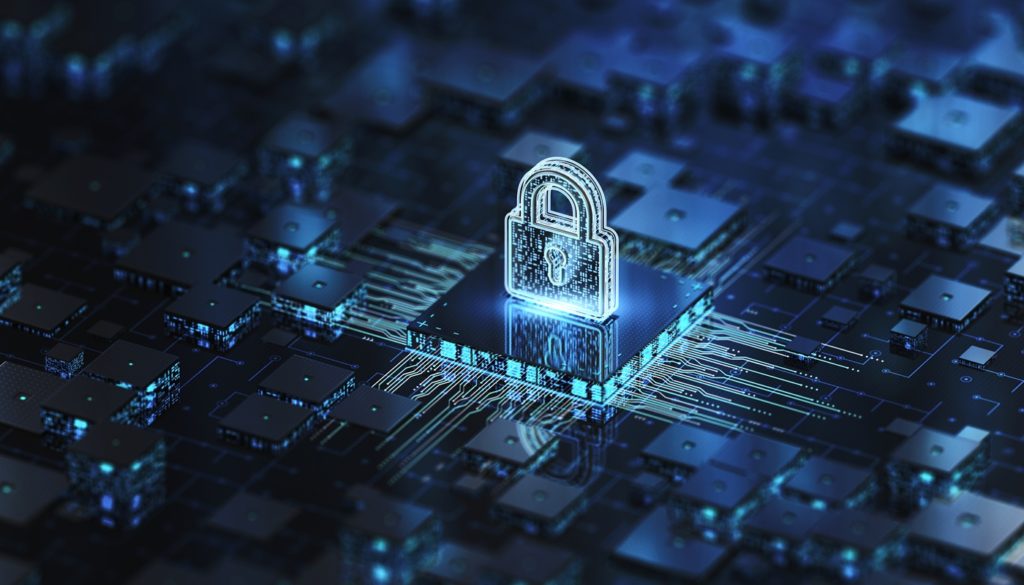So, here’s what went down – back in July 2025, Microsoft dropped a warning about a nasty SharePoint vulnerability that hackers were actively exploiting. Over 9,000 organizations using SharePoint Server got caught in the crossfire.
The attackers didn’t just brute-force their way in; they used server-side privileges to mess with machine keys, bypass authentication, and gain access. For businesses that depend on SharePoint for daily collaboration, this kind of breach can lead to leaked data, ransomware outbreaks, and even bring operations to a screeching halt.
What makes this attack even scarier is how it started as hackers didn’t directly target SharePoint at first but they took advantage of a weakness in a third-party vendor to steal credentials, then slipped into the system.
It’s a harsh reminder that traditional defenses like firewalls and antivirus software just aren’t enough anymore. To stand a chance, companies need to think in layers – combining endpoint security, network segmentation, encryption, access controls, behavioral threat detection, and strong backup practices. On top of that, they’ve got to hold vendors accountable with audits, compliance checks, and strict security requirements.
 The layers that make a difference
The layers that make a difference
Think of it this way: every layer you add makes it harder for attackers to succeed. For one, Endpoint Detection and Response (EDR) tools plus antivirus software help block threats early; For two, network segmentation with firewalls, IDS, and IPS keeps critical systems isolated and monitored; For three, encrypting sensitive data and using Data Loss Prevention (DLP) makes it harder for attackers to extract valuable information.
Access control is just as critical. Applying zero-trust principles, enforcing least-privilege access, and using MFA, SSO, and IAM keeps identity theft at bay. Add SIEM to monitor events and flag suspicious behavior, and you’re ahead of the curve. Regular patching also closes security gaps before attackers can use them. And of course, backups – because when all else fails, backups save the day.
Resilience is the real game-changer
Here’s the kicker: stopping every single attack is impossible, but making sure your business survives one is doable. Backups shouldn’t just exist, but they need to be secure, isolated, and regularly tested. That’s where techniques like immutable backups, which can’t be altered, and offline backups, which are disconnected from networks, come into play.
Synology, known for its data protection expertise, pushes this idea hard: combine isolation, immutability, and verified recovery to build true cyber resilience. Immutable backups prevent tampering, offline backups stay out of reach, and routine disaster recovery drills make sure you can bounce back fast.
The bottom line? The SharePoint attack is a wake-up call. Businesses that adopt a layered defense and solid recovery strategy won’t just weather the storm – they’ll come back stronger.



 The layers that make a difference
The layers that make a difference


